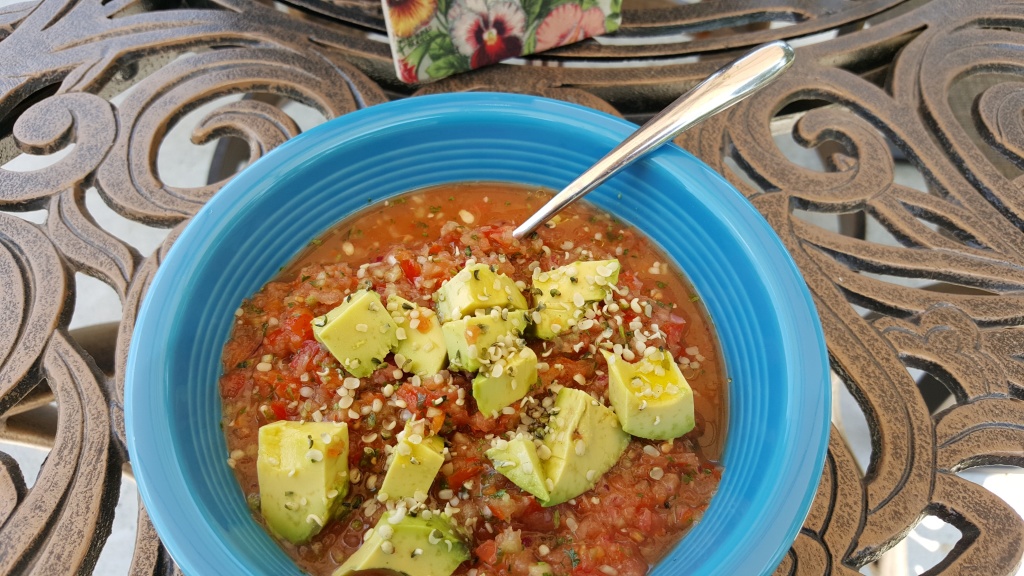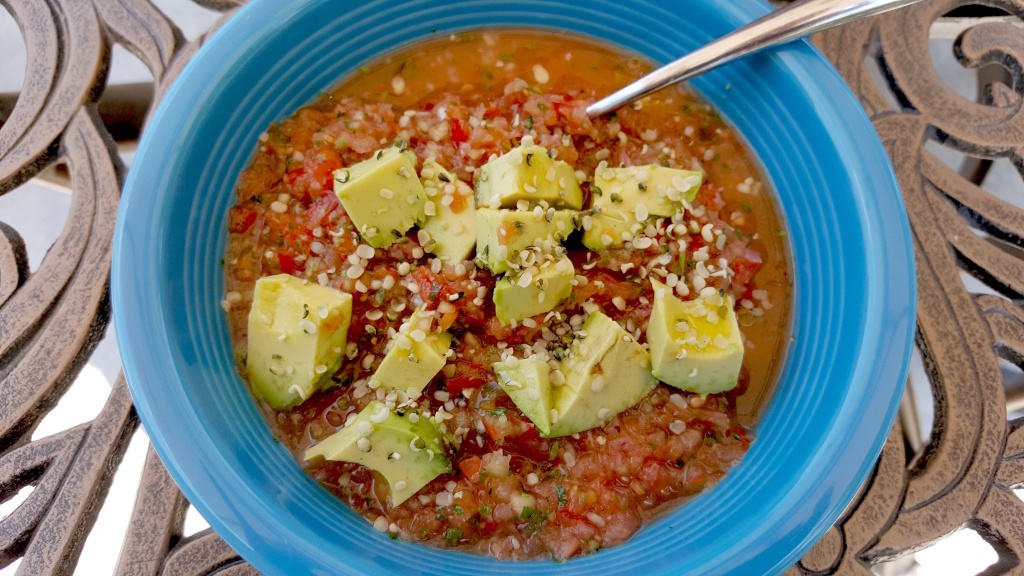
Image courtesy of rakratchada torsap
Brian Wansink is a professor in the fields of consumer behavior and nutritional science and directs the Cornell Food and Brand Lab at Cornell University. He conducts some of the most fascinating studies around the topic of mindless eating to unearth exactly what forces are influencing us as consumers/eaters. And despite the fact that many of the people he meets claim that they are completely in control of their eating habits, he demonstrates time and time again that this is not true. Even with some of his own students who conduct his actual studies.
For example, when he asked a group of college students, “If you were going to have a bowl of soup for lunch, when would you decide to stop eating? “; 81% replied with a visual reference point, such as when they had eaten half, or when the bowl was empty. Only 19% said that they would stop eating when they were no longer hungry. And since so many people gauge their eating behavior on a visual cue, he decided to find out what would happen if the bowl never got empty.
In an experiment that played out like a scene from Candid Camera, he rigged tables that seat four with two settings that had soup bowls with holes drilled into the bottom that were connected to food-grade rubber tubing. The tubing led, from holes drilled in the table, to hidden six quart vats of tomato soup that were positioned at just the right height that they would constantly replenish the soup in the bowls. The other two bowls at the table were normal so that the level of soup would go down as the diners ate.
He then invited college students in for lunch. When seated, they were asked to leave the bowls on the table (which actually worked) and then to distract them, they were asked what they were going to do during their summer vacations, which got them talking away as they ate.
After twenty minutes, they were asked to stop eating and then were asked three questions:
- How many calories did they think they ate?
- How many ounces of soup did they think they ate?
- How full were they on a nine-point scale?
After weighing all the soup left in the bowls, tubes, and vats of soup, they found that while the students who ate from the regular bowls estimated that they had eaten, on average, 123 calories, they in fact had eaten an average of 155 calories. Those that had eaten from the bottomless soup bowls; however, estimated they had eaten 127 calories–not so different from the control group–yet they had actually eaten on average 268 calories. The control subjects ate ~9 oz. of soup and the bottomless soup eaters had eaten ~15 oz and as much as a quart of soup! ~73% more, in fact and during the 20 minutes, they simply ate, and ate, and ate. Yet they didn’t realize they had eaten more. And most of them rated themselves the same in terms of their hunger/full levels as the control eaters.
Out of the 62 people that took part in the experiment, remarkably only two discovered what was going on–accidently.
Think about some of the situations where you may be set up for not knowing when to stop eating because of visual cues:
- the endless buffet where the chafing dishes are continuously replenished and you’re given a fresh plate for every trip for food
- the holiday feast that begins with the appetizers and drinks and ends with dessert and coffee/drinks
- the unlimited pasta or salad, soup, and bread at the restaurant and the wait staff stopping by periodically to remove the “evidence”, like the empty wine glasses, plate of chicken bones, and even your plate before they ask you if you’d like dessert
And then ask yourself, do you continue to eat because you’re hungry, or because there’s food still on your plate? And do you stop eating because you’re full, or because the food’s gone??



